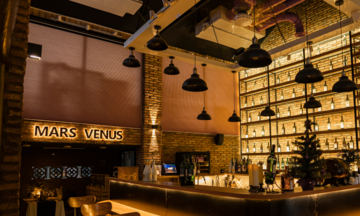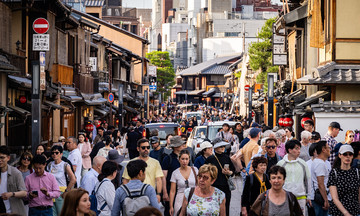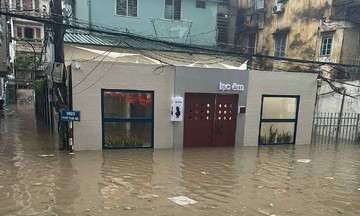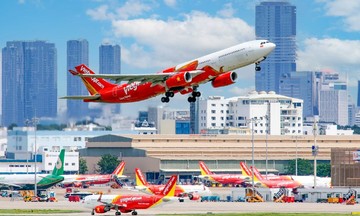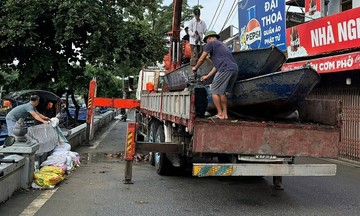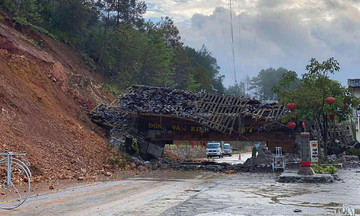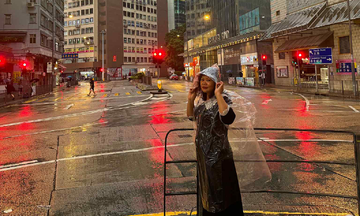Vietnam tourism: From zero to top 3 in Southeast Asia
After 65 years, Vietnam's tourism sector has transformed from non-existent to one of the region's top destinations, surpassed only by Thailand and Malaysia.
Vu Thi Khiem, former head of the professional department at Hanoi Tourist, recalls, "In the 1970s, Western tourists in Hanoi were rare. It wasn't like today, where you see them everywhere". Khiem started working at Hanoi Tourist in 1972, tasked with quality control for meals served to international government delegations during the subsidy period. Domestic tourism at the time was even less common than international tourism.
After 65 years of development, Vietnam's tourism industry has surpassed Singapore, securing the third spot among the most attractive destinations in Southeast Asia, following Thailand and Malaysia. In 2024, the country welcomed 17.6 million visitors.
The early days of tourism
July 9th, 1960, marked the birth of Vietnam's tourism industry with the establishment of the Vietnam Tourism Company. According to the National Administration of Tourism, during the country's division, the industry primarily served international delegations and experts.
Following reunification in 1975 and the subsequent Doi Moi period (1986), tourism remained underdeveloped, hampered by restrictive international visitor policies.
Nguyen Quoc Ky, current chairman of Vietravel, worked at Saigon Tourist in the 1980s. He explains that independent travel was virtually impossible; tourists had to go through state-owned travel agencies like Saigon Tourist and Hanoi Tourist. Visitors needed invitation letters and visas obtained through diplomatic missions, and itineraries were typically pre-arranged with little flexibility.
A major challenge during the Doi Moi period was attracting tourists. The market relied heavily on Eastern European visitors. The industry's pioneers sought new avenues, participating in tourism fairs in Thailand to promote Vietnam and attract a wider range of visitors.
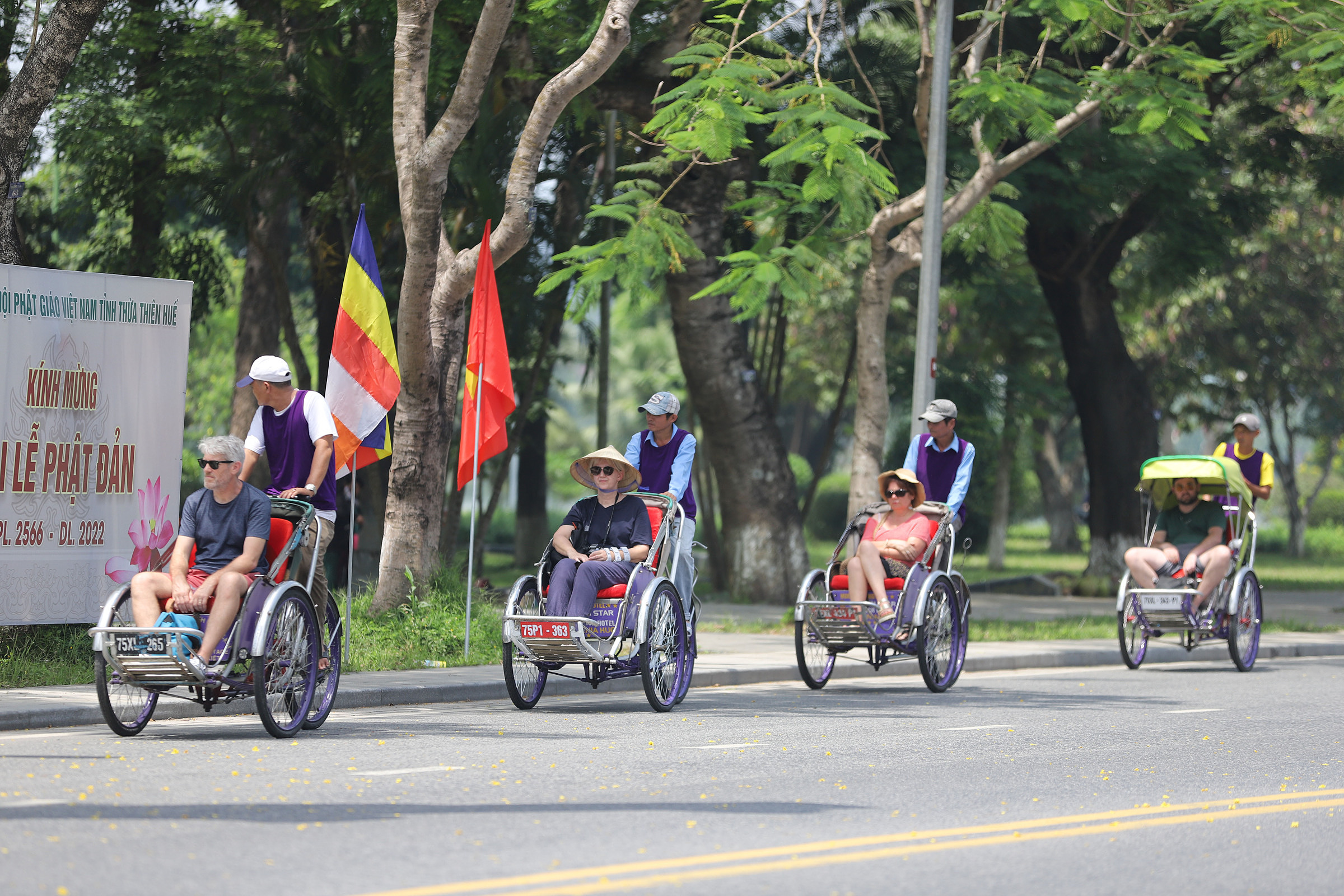 |
International tourists explore Hue city by cyclo. Photo: Vo Thanh |
International tourists explore Hue city by cyclo. Photo: Vo Thanh
Alain Tan Huynh, a 72-year-old Vietnamese-American, visited Hanoi in April 1989. He recalls needing government permission to book a hotel. "All flights from the US to Vietnam at that time required a visa from Thailand," he said. Meanwhile, Thailand's tourism industry was "already thriving," with accommodation and dining facilities meeting international standards.
Upon arriving in Hanoi, Huynh sought a bowl of pho, but only chicken pho was readily available. Coffee was also scarce, found mainly in hotels. Street vendors primarily sold tea and peanut candy.
Mark Bowyer, an Australian, brought his first group of 12 foreign tourists to Vietnam in 1993. He remembers the poor road conditions and their unfinished hotel in Quang Ngai. However, no one complained. They considered it a small price to pay for experiencing Vietnam at such a unique time.
According to Ky, the accommodation system was also underdeveloped. The number of hotels meeting international standards was limited, concentrated in Hanoi, Ho Chi Minh City, and a few other major cities like Hue, Da Nang, and Nha Trang. Familiar names included Rex, Majestic, Caravelle (Ho Chi Minh City), Metropole, and Thang Loi Hotel (Hanoi).
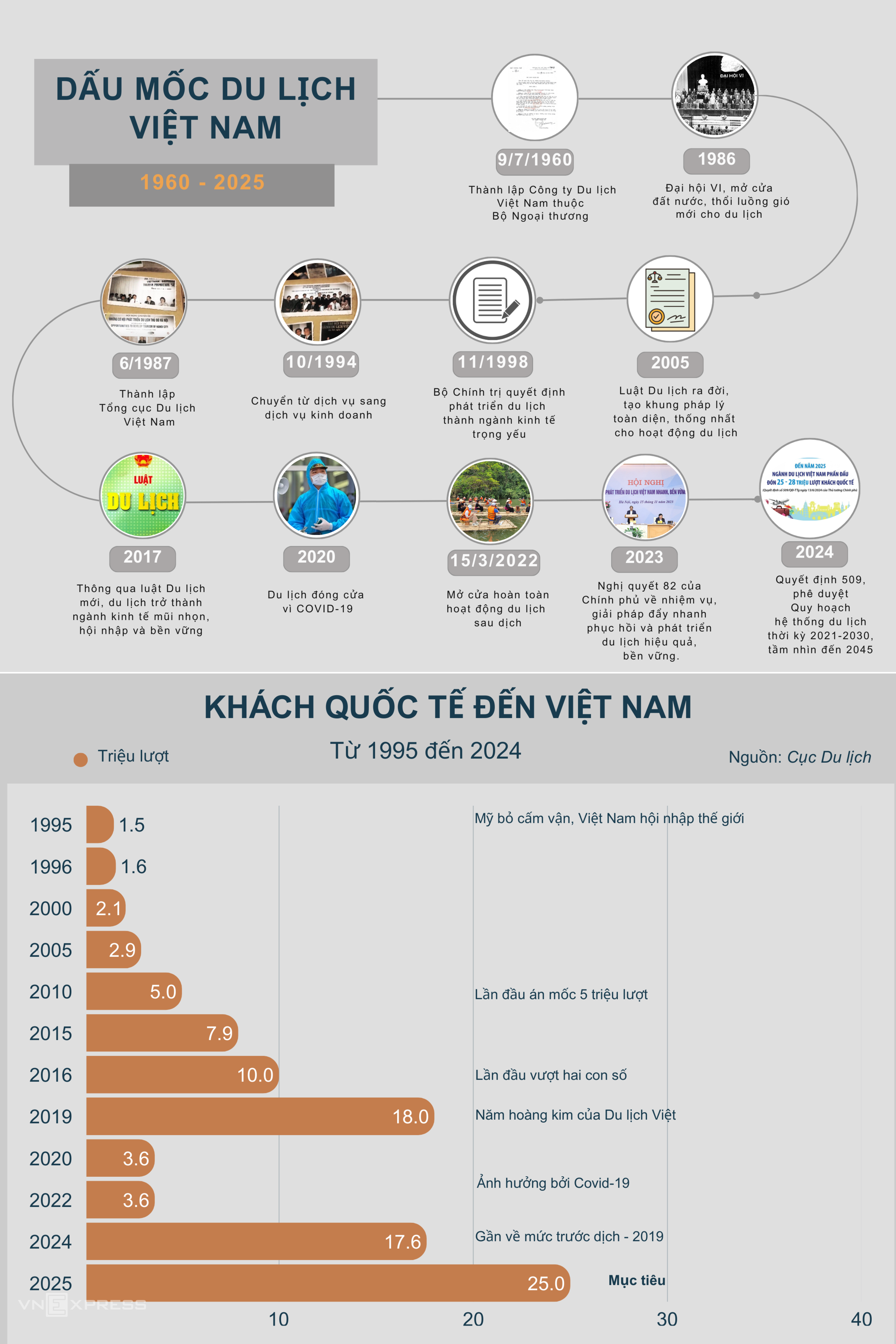 |
In 1994, the US lifted its embargo on Vietnam, ushering in a new era for tourism. This coincided with Vietnam's rapid international integration, joining ASEAN, APEC, and the WTO. Former ASEAN official Do Ngoc Son notes two key advantages Vietnam gained from joining these organizations. First, the visa-free travel within ASEAN facilitated easier entry for tourists. Second, as a later member, Vietnam sparked curiosity among other member states, leading to an influx of visitors eager to explore the new destination.
According to the National Administration of Tourism, international arrivals in 1990 reached 250,000, primarily business travelers. In 1995, the first year after the embargo was lifted, Vietnam welcomed 1.35 million international visitors, a fivefold increase compared to five years earlier.
Regarding air travel, Vietnam lacked direct flights to many international destinations. In late 2003, Vietnam signed an aviation agreement with the US. However, it took almost 20 years, until 2021, to establish the first direct commercial flight between Vietnam and the US, from Ho Chi Minh City to San Francisco, due to legal hurdles and high operating costs.
In February 2019, the US Federal Aviation Administration (FAA) granted the Vietnam Civil Aviation Authority a safety certification. While this didn't immediately allow Vietnamese airlines to launch direct flights, it enabled them to codeshare with major international airlines already operating direct flights to the US, creating new opportunities for Vietnamese tourism.
More than 20 years after the embargo was lifted, Vietnam's tourism industry began to reap the rewards of diplomatic efforts, open-door policies, and innovative approaches to attracting tourists. 2016 marked a turning point, with international arrivals reaching 10 million for the first time.
From peak to zero and back
Vietnam's tourism reached its golden age in 2019, welcoming a record 18 million international visitors and contributing over 9% to the GDP. With an average annual growth rate of 22.7% in international arrivals, Vietnam was ranked among the fastest-growing countries by the World Tourism Organization.
However, the Covid-19 pandemic halted this growth. Global border closures caused a significant drop in visitor numbers, plunging the industry back to "zero".
Despite reopening to international tourists on 15/3/2022, recovery remained limited that year due to continued border closures in key source markets, including China.
Recovery and challenges
Since 2022, the government has implemented relaxed visa policies, including e-visas for various countries and territories. Vietnam now offers visa exemptions to 24 countries, primarily European nations and major tourist markets like Russia, South Korea, and Japan.
Pham Hai Quynh, director of the Asian Tourism Development Institute, notes that from 2023, Vietnam's tourism "quickly regained momentum and achieved impressive results," partly due to open visa policies and numerous festivals and events attracting visitors.
By the end of 2024, Vietnam welcomed 17.6 million international visitors, boasting the best tourism recovery rate in Southeast Asia at 98%. Vietnam ranked third in Southeast Asia in terms of international arrivals in 2024, behind Malaysia with 38 million and Thailand with 35.5 million.
Vietnam's image has gained increasing international recognition. Celebrities and billionaires have chosen Vietnam for vacations, weddings, and other events. Notable figures include American billionaire Bill Gates, British billionaire Joe Lewis, and Facebook founder Mark Zuckerberg.
Vietnam's tourism industry and destinations have also received numerous awards from prestigious organizations like Tripadvisor and Skytrax. In 2024, Vietnam garnered 48 awards at the World Travel Awards.
At the Ministry of Culture, Sports and Tourism's 2024 year-end conference, Prime Minister Pham Minh Chinh highlighted tourism as a bright spot in the country's socio-economic development. The sector achieved its target of 17.6 million international visitors and generated 840,000 billion VND in revenue.
In the first eight months of this year, nearly 14 million international tourists visited Vietnam, a nearly 22% increase compared to the same period last year, surpassing the total for 2017 (12.9 million).
According to Pham Hai Quynh, Vietnam possesses three key attractions for international tourists: nature, history, and culture. Vietnam has also invested heavily in transportation and infrastructure, with new highways, airports, and seaports facilitating travel. High-quality hotels and resorts have rapidly developed, catering to diverse customer segments.
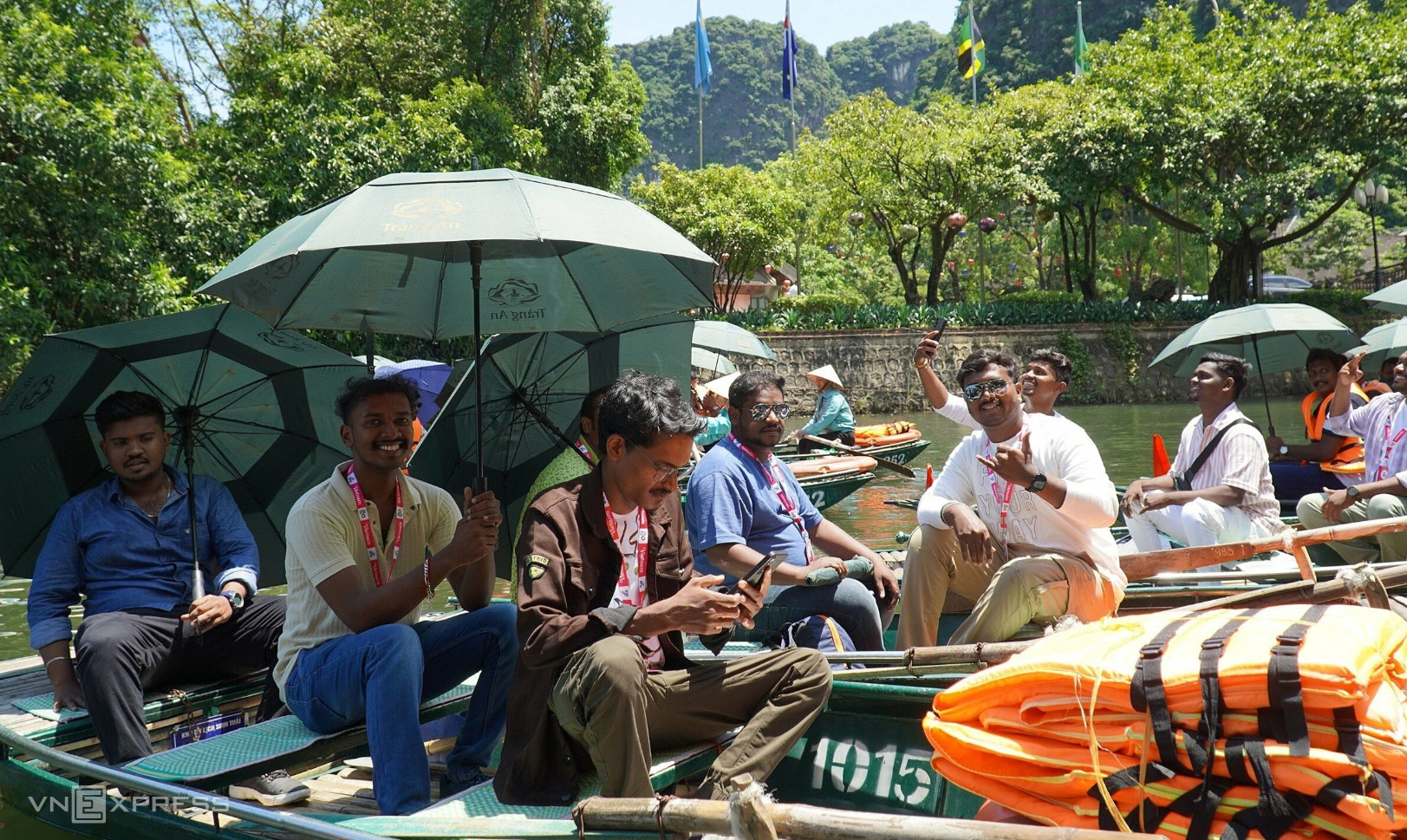 |
Over 830 Indian tourists visited Trang An on the morning of 28/8/2024. Photo: Le Hoang
According to Associate Professor, Dr. Pham Truong Hoang, head of the Tourism and Hospitality Department at the National Economics University, Hanoi, in 2025, the tourism industry has truly returned as one of Vietnam's most important economic sectors. If the 20% growth rate in international arrivals from 2024 is maintained, the industry could welcome over 60 million visitors by 2030, exceeding the 50 million target outlined in the Vietnam Tourism Development Strategy 2020-2030, despite the pandemic's setback of 3-4 years.
However, Hoang compares the current state of the tourism industry to "a released spring." For sustainable growth, he emphasizes the need for assessments and research to identify new growth drivers beyond international arrival numbers, such as tourism potential, business capacity, management, and destination marketing.
In the 2024 Travel and Tourism Development Index (TTDI) report published by the World Economic Forum, Vietnam ranked poorly in the Socio-Economic Impact of Travel and Tourism, placing 115th out of 119 countries and territories. This index covers four areas: tourism's contribution to GDP and employment; social inclusiveness (benefits shared by all); economic benefit distribution; and impact on sustainable development.
Vietnam also ranked low in Travel and Tourism Prioritization (98/119) and Travel and Tourism Services and Infrastructure (80/119). For sustainable and robust tourism development, Vietnam needs to implement solutions to improve these rankings.
Pham Hai Quynh believes the biggest weakness in Vietnam's tourism is inconsistent service quality and a lack of professionalism. Addressing this requires investment in specialized training for staff, guides, and managers, and encouraging tourism schools to collaborate with businesses on practical training programs.
Having observed Vietnam's tourism for 35 years, Mark Bowyer notes significant changes and development. However, the downside is overdevelopment, mass tourism, and the degradation of natural landscapes and the simplicity that once made Vietnam unique. Destinations like Sa Pa, Phu Quoc, and some coastal areas are being "suffocated" by massive resorts, depriving tourists of the opportunity to experience a slower pace of life and connect with local communities.
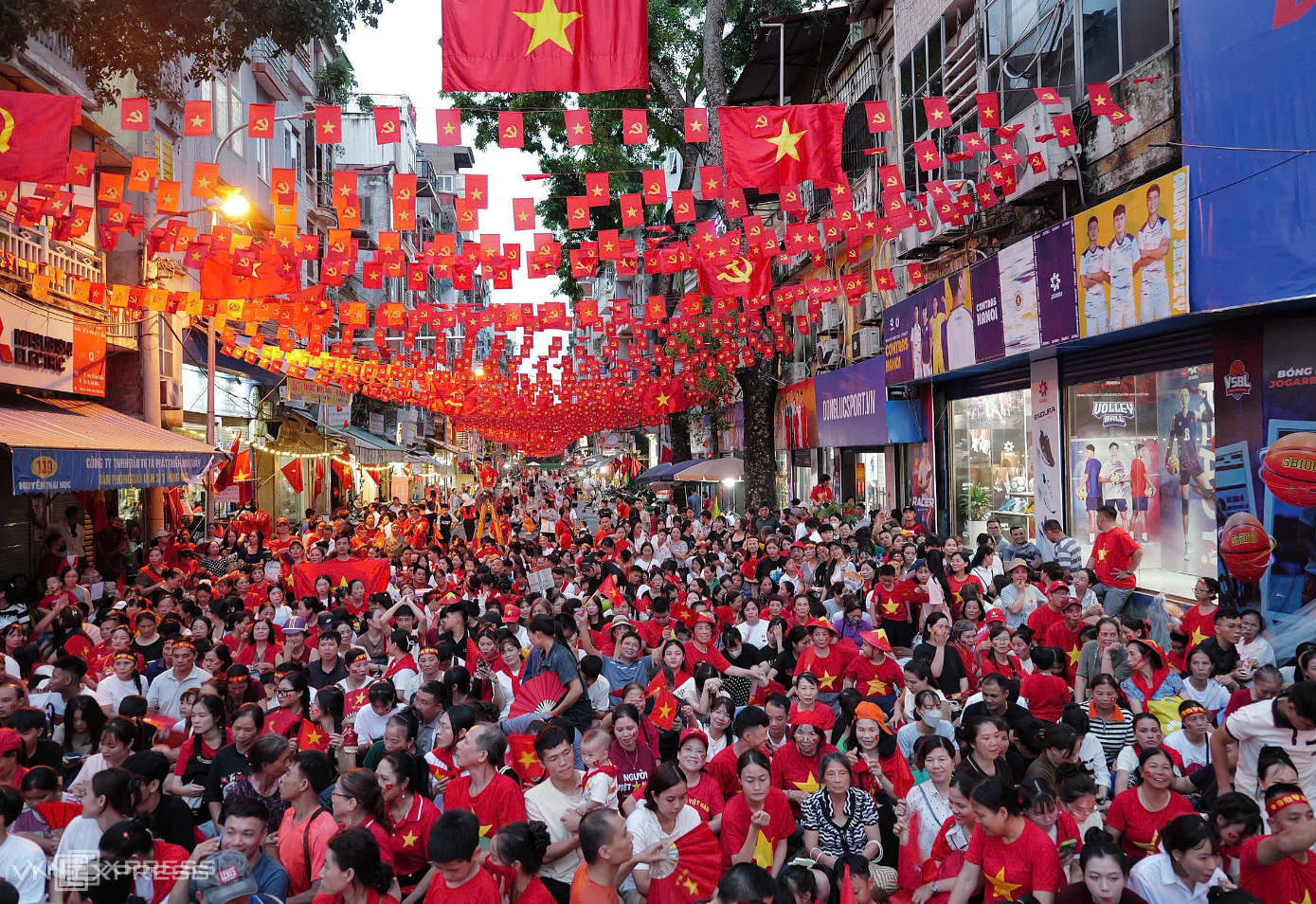 |
People watch the parade rehearsal in Hanoi, 27/8/2025. Photo: Ngoc Thanh
Vietnam needs to balance modern infrastructure development with preserving the "soul" of its destinations. "Otherwise, the values that make Vietnam unique—pristine landscapes, rich culture, and authentic experiences—risk being overshadowed by the tourism industry itself," Bowyer warns.
Phuong Anh



